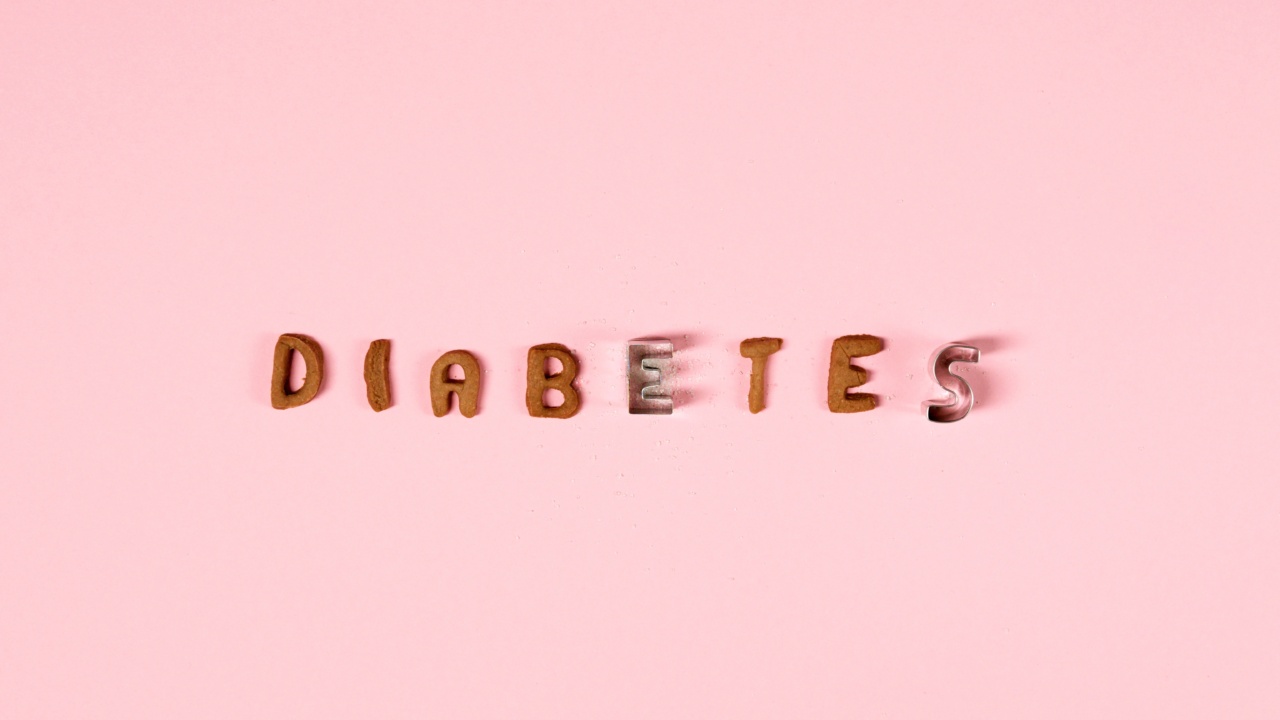Diabetes is a chronic condition that affects millions of people worldwide. Type 2 diabetes, in particular, is the most common form of diabetes.
It occurs when the body either does not produce enough insulin or becomes resistant to insulin, the hormone that regulates blood sugar levels. If left untreated, type 2 diabetes can lead to serious complications such as heart disease, kidney damage, and nerve damage.
However, by knowing the signs and symptoms of type 2 diabetes, individuals can seek early diagnosis and start managing their condition effectively.
1. Increased Thirst and Frequent Urination
One of the earliest signs of type 2 diabetes is increased thirst (polydipsia) and frequent urination (polyuria).
When blood sugar levels are high, the kidneys work harder to filter the excess sugar from the bloodstream, which results in increased urine production. This increased urine output can lead to dehydration, hence the increased thirst.
2. Unexplained Weight Loss
Unexplained weight loss, despite increased appetite, can be a sign of type 2 diabetes. When the body cannot effectively use glucose as an energy source, it begins using alternative fuels stored in muscle and fat. This can lead to unintended weight loss.
3. Fatigue and Weakness
Chronic fatigue and weakness are common symptoms of type 2 diabetes. When cells do not receive enough glucose, the body lacks the energy it needs to carry out everyday activities.
This can leave individuals feeling tired and drained even without engaging in physical exertion.
4. Blurred Vision
Elevated blood sugar levels can cause the lens inside the eye to swell, resulting in blurry vision. If blood sugar levels are consistently high, the lens may become damaged, leading to long-term vision problems.
5. Slow Healing of Cuts and Wounds
People with type 2 diabetes often experience slower healing of cuts, wounds, and bruises. High blood sugar levels can affect blood circulation and damage nerves, delaying the body’s natural healing process.
6. Tingling or Numbness in Hands and Feet
Peripheral neuropathy, a type of nerve damage, is a common complication of type 2 diabetes. It often manifests as tingling, numbness, or a burning sensation in the hands and feet.
If left untreated, this condition can lead to potentially serious complications, including foot ulcers and amputation.
7. Recurring Infections
People with type 2 diabetes may experience frequent infections, such as urinary tract infections, yeast infections, and skin infections. High blood sugar levels weaken the immune system, making it more difficult for the body to fight off infections.
8. Increased Hunger
Despite having higher than normal levels of blood sugar, individuals with type 2 diabetes may feel constantly hungry.
This can occur due to insulin resistance, which prevents glucose from entering cells effectively, leaving the body’s cells in a state of starvation.
9. Darkened Skin Patches
Darkened patches of skin, especially around the neck, armpits, or groin, can be a sign of insulin resistance and potential type 2 diabetes. This condition, known as acanthosis nigricans, is more commonly seen in overweight or obese individuals.
10. High Blood Pressure
Type 2 diabetes and high blood pressure often go hand in hand. Elevated blood sugar levels can damage blood vessels, leading to high blood pressure (hypertension).
Controlling both conditions is essential for reducing the risk of heart disease and other complications.
Conclusion
Recognizing the signs and symptoms of type 2 diabetes is crucial for early detection and effective management.
If you or someone you know experiences any of these symptoms, it is important to consult a healthcare professional for proper diagnosis and treatment. Living a healthy lifestyle, including regular physical activity, a balanced diet, and regular monitoring of blood sugar levels, can help individuals with type 2 diabetes manage their condition and reduce the risk of complications.




























